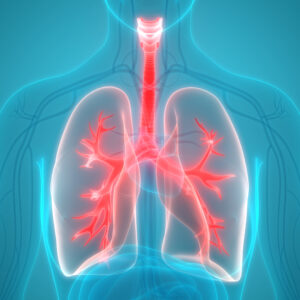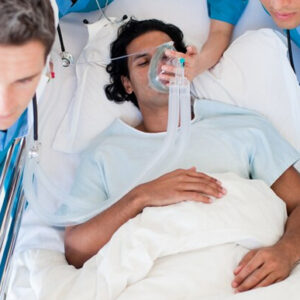Understanding Pulmonary Rehabilitation
Pulmonary rehabilitation is a specialized program designed to help individuals with chronic respiratory conditions such as COPD, pulmonary disease, or cardio pulmonary disease. It involves a multidisciplinary approach that includes exercise training, education, and emotional support to improve the overall well-being of patients. Did you know Cardiac and pulmonary diseases often coexist, requiring integrated treatment approaches for optimal management and patient outcomes.
One of the key components of pulmonary rehab is learning proper breathing techniques. These techniques can help individuals with respiratory conditions optimize their lung function, reduce symptoms, and enhance their ability to perform daily activities. Let’s explore some of the most effective breathing techniques for pulmonary rehabilitation:
Diaphragmatic Breathing:
Diaphragmatic breathing, also known as belly breathing, involves using the diaphragm – the large muscle located between the chest and abdomen – to breathe deeply. To practice diaphragmatic breathing, sit or lie down in a comfortable position. Place one hand on your abdomen and the other on your chest. Inhale slowly through your nose, allowing your abdomen to rise as you fill your lungs with air. Exhale slowly through pursed lips, feeling your abdomen fall. Repeat this process for several minutes, focusing on deep, rhythmic breaths.
Pursed Lip Breathing:
Pursed lip breathing is a technique that helps regulate breathing and reduce shortness of breath. To practice pursed lip breathing, inhale slowly through your nose for two counts. Then, pucker your lips as if you were going to whistle and exhale slowly through your pursed lips for four counts. This creates a back-pressure in the airways, helping to keep them open and improve airflow. Repeat this breathing pattern several times, gradually increasing the duration of each inhale and exhale.
Huff Coughing:
Huff coughing is a technique used to clear mucus from the airways, which can help alleviate symptoms of respiratory conditions such as COPD. To perform a huff cough, take a deep breath in through your nose, then exhale forcefully through your mouth with an open throat, making a “huffing” sound. This helps move mucus towards the larger airways where it can be more easily expelled through coughing. Repeat this process several times as needed to clear the airways.
Segmental Breathing:
Segmental breathing is a technique that involves directing airflow to specific areas of the lungs to improve ventilation and oxygenation. To practice segmental breathing, sit or stand in a comfortable position with your hands placed lightly on your chest and abdomen. Inhale deeply through your nose, focusing on expanding one specific area of your lungs, such as the upper chest or lower ribs. Exhale slowly and completely, allowing that area to deflate. Repeat this process, gradually moving your hands to different areas of your chest and abdomen to target various segments of the lungs.
Inspiratory Muscle Training:
Inspiratory muscle training (IMT) is a form of resistance training designed to strengthen the muscles involved in breathing, particularly the diaphragm and intercostal muscles. This can help improve respiratory muscle strength and endurance, reducing fatigue and shortness of breath. IMT devices such as inspiratory muscle trainers or spirometers are often used in pulmonary rehabilitation programs to provide targeted resistance to the muscles involved in inhalation.
Incorporating Breathing Techniques into Your Pulmonary Rehab Routine
Whether you’re undergoing pulmonary rehab for COPD, pulmonary disease, or cardio pulmonary disease, integrating these breathing techniques into your daily routine can significantly improve your respiratory function and overall quality of life. Remember to consult with a pulmonary physiotherapist or healthcare professional before starting any new exercise or breathing regimen, especially if you have underlying health conditions.
In conclusion, pulmonary rehabilitation plays a crucial role in managing respiratory conditions and improving lung function. By incorporating breathing techniques such as diaphragmatic breathing, pursed lip breathing, huff coughing, segmental breathing, and inspiratory muscle training into your pulmonary rehab routine, you can enhance your respiratory health and enjoy a better quality of life. Take control of your breathing, and take control of your life.
Why Choose Suvidha Hospital?
Suvidha Hospital is regarded as the best rehabilitation center in Hyderabad.
What’s our uniqueness?
Expert Team:
Our rehabilitation centers in Hyderabad are staffed by experienced doctors, therapists, nurses, and support staff who are dedicated to providing high-quality care.
Individualized Care:
We understand that each person’s journey to recovery is unique. We customize treatment plans to align with individual needs and goals.
Comprehensive Services:
From assessment and diagnosis to treatment and ongoing support, we offer a comprehensive service and continuum of care to facilitate long-lasting recovery.
Comfortable Environment:
Suvidha Hospital provides a safe, supportive, and comfortable environment conducive to healing and recovery.









